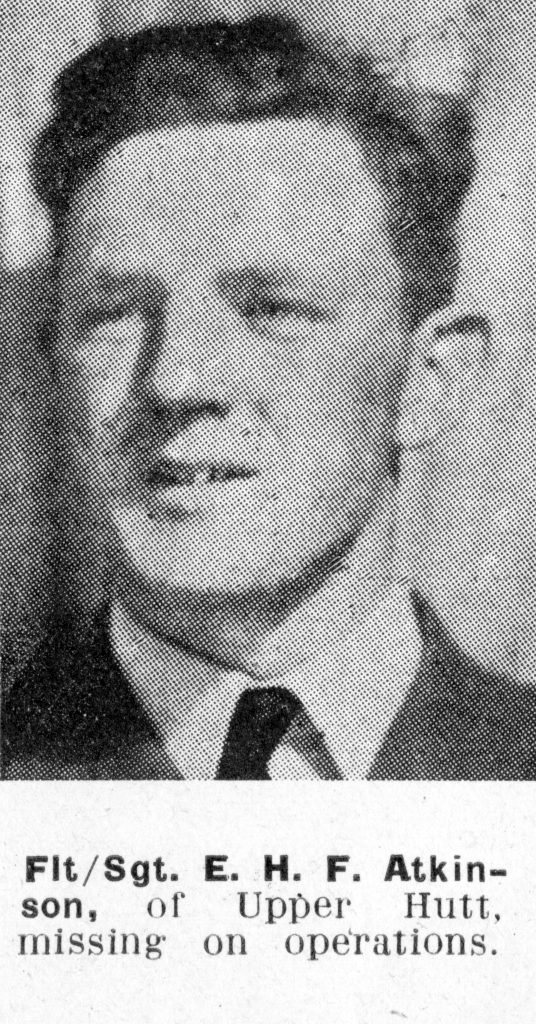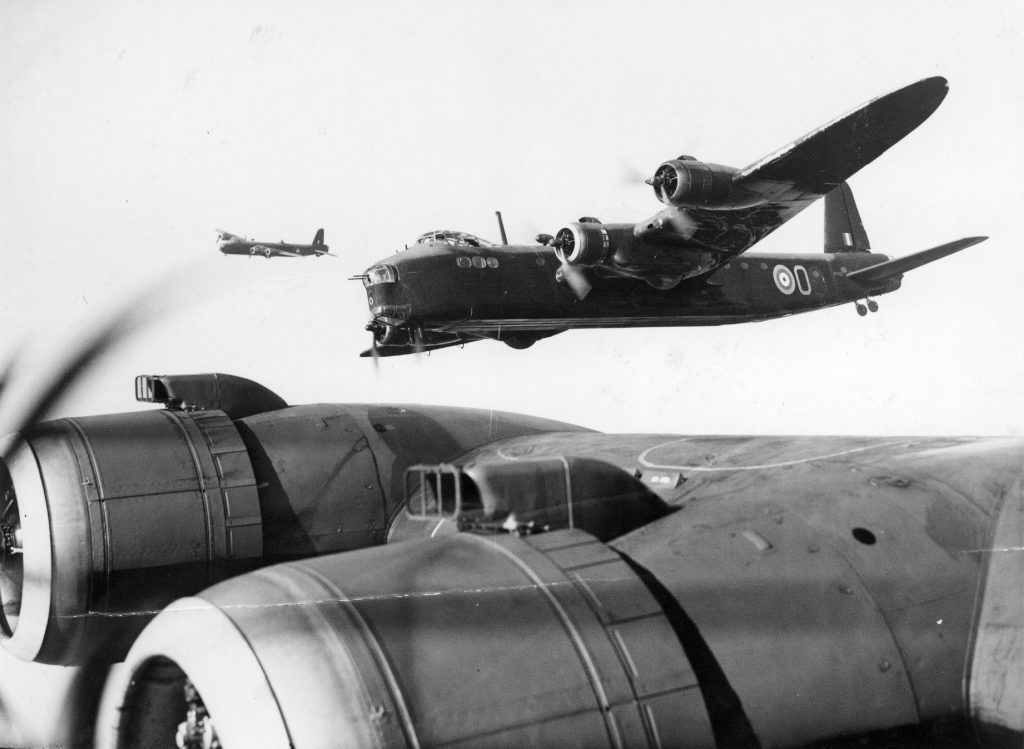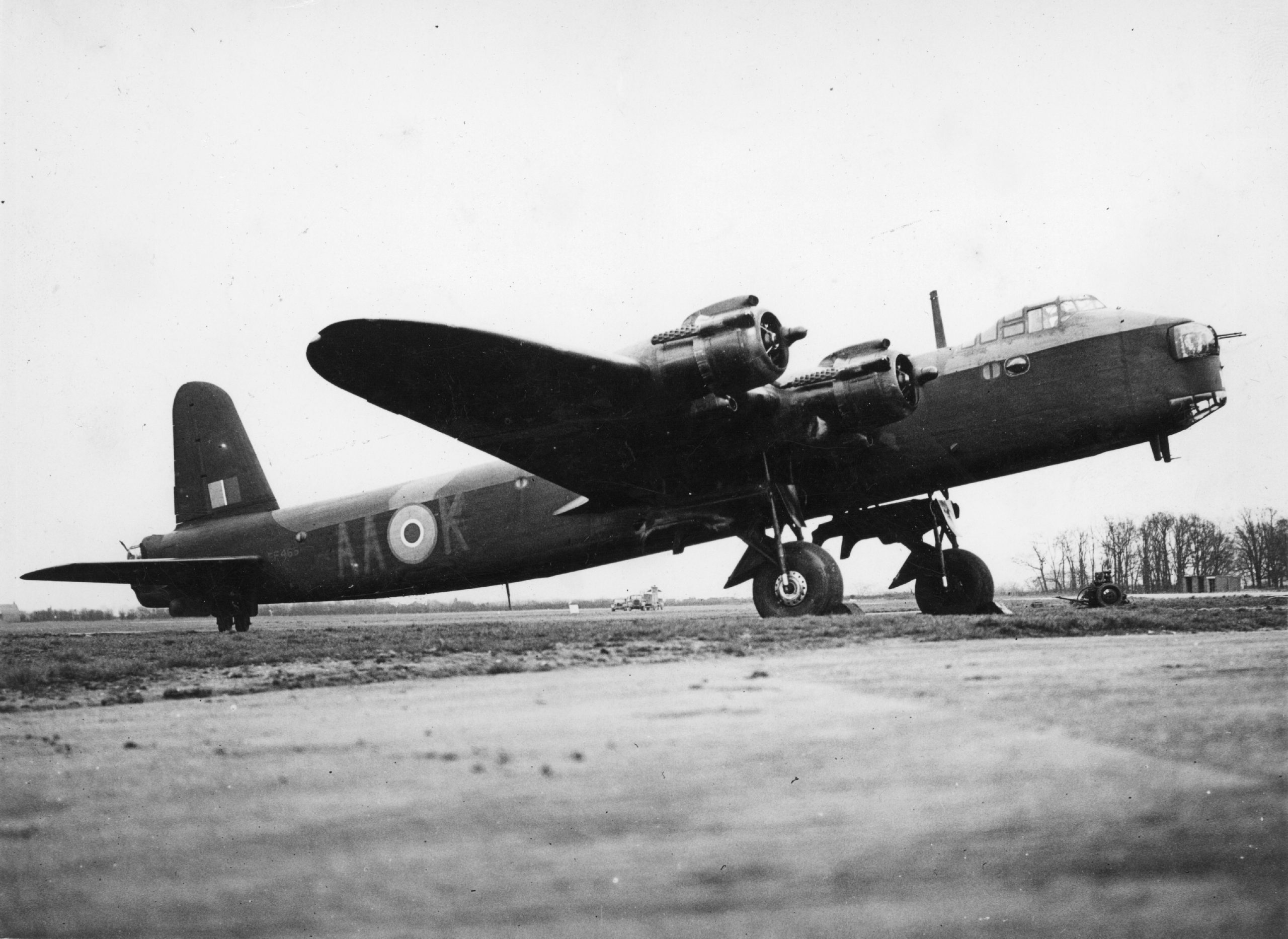Flight Sergeant Edward Harry Frederick Atkinson was probably New Zealand’s first casualty on D-Day.

He was born at Kaponga in Taranaki in 1921 and was a builder when war broke out. After initial training in New Zealand, he went to Canada to train as a wireless operator and air gunner. He arrived in Britain in 1943 and after a brief spell with No. 513 Squadron he transferred to No. 620 Squadron flying Short Stirlings. The squadron was part of No. 38 Group, which would play a major role in dropping Allied paratroopers and towing gliders on D-Day.

Image MUS090149
The airborne element of D-Day featured three divisions; the American 101st and 82nd, as well as the British 6th airborne divisions. Their purpose was to disrupt the German defences and seize key points, such as crossroads and bridges which could then be occupied by the landing forces from the beaches. In the darkness of the morning of 6 June 1944, Atkinson and his crew were flying 17 paratroopers of the 6th Airborne Division on a mission to drop the soldiers inland of the invasion beaches, near Caen.
As they crossed the coast in the night gloom, the aircraft was downed by German flak (anti-aircraft fire) near Dives-sur-Mer, killing most of the crew, including Atkinson, and at least two of the soldiers. They were at first buried in a mass grave at the scene, before being reinterred in a group burial at the Commonwealth War Graves Cemetery at Ranville. Atkinson was on his third operation, aged 22.
On D-Day itself, another four New Zealand airmen were killed in Europe and one other died in an accident in New Zealand.







RIP
Proud to be a Atkinson